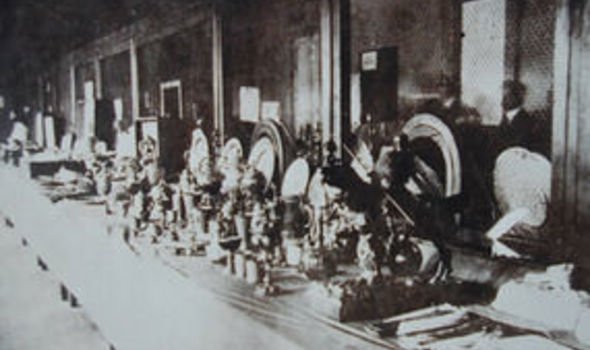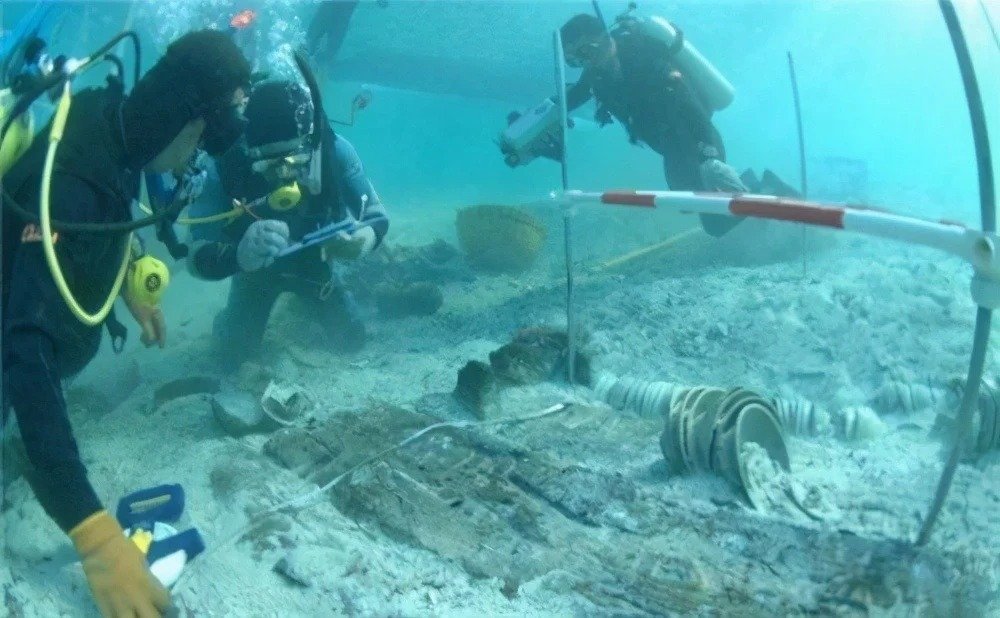Explorers have long searched for lost Tsarist treasures dating from the Bolshevik Revolution, when forces loyal to the deposed royal family fled the advancing Red Army.

Legend has it that 1,600 tons of gold – which could now be worth billions of pounds – was lost when anti-Communist commander Admiral Alexander Kolchak’s train plunged into Lake Baikal, the world’s oldest and deepest freshwater lake.
On 2009, parts of a train and ammunition boxes were found.

And in recent days, the Mir-2 submersible has discovered “shiny metal objects” 1,200 feet below the surface at Cape Tolstoy. “Deep-sea vehicles found rectangular blocks with a metallic gleam, like gold,” said one source.
Explorers attempted to grab hold of the blocks with a manipulator arm but failed because of loose gravel on the bottom of the lake. Sources say that the submariners know the exact spot and are planning a new mission to determine if they have found the gold.
The Moscow News independent newspaper yesterday ran a story on the find, with the headline: “Lost gold of the Whites found in Baikal”. The story described the lost gold as “one of the great mysteries” of the Russian Revolution.
Kolchak, portrayed in the Russian blockbuster film Admiral in 2008, was a hero in the First World War. He later led the pro-Tsarist White Army against the Bolsheviks after the 1917 October Revolution. He had some early successes but was eventually arrested by Lenin’s henchmen.

They executed him by firing squad in January 1920, reneging on a promise to hand him over to the British military mission in Irkutsk. His body was hidden by revolutionaries under the ice of the Angara River, which flows out of the lake.
Had he escaped, it is likely he would have sought exile in London and brought the gold with him.
If the treasure has been found, it could spark an ugly scramble between the Russian state, descendents of the last tsar, Nicholas II, and nations – possibly including Britain – that could argue they are owed outstanding debts by the fallen Romanov throne.





